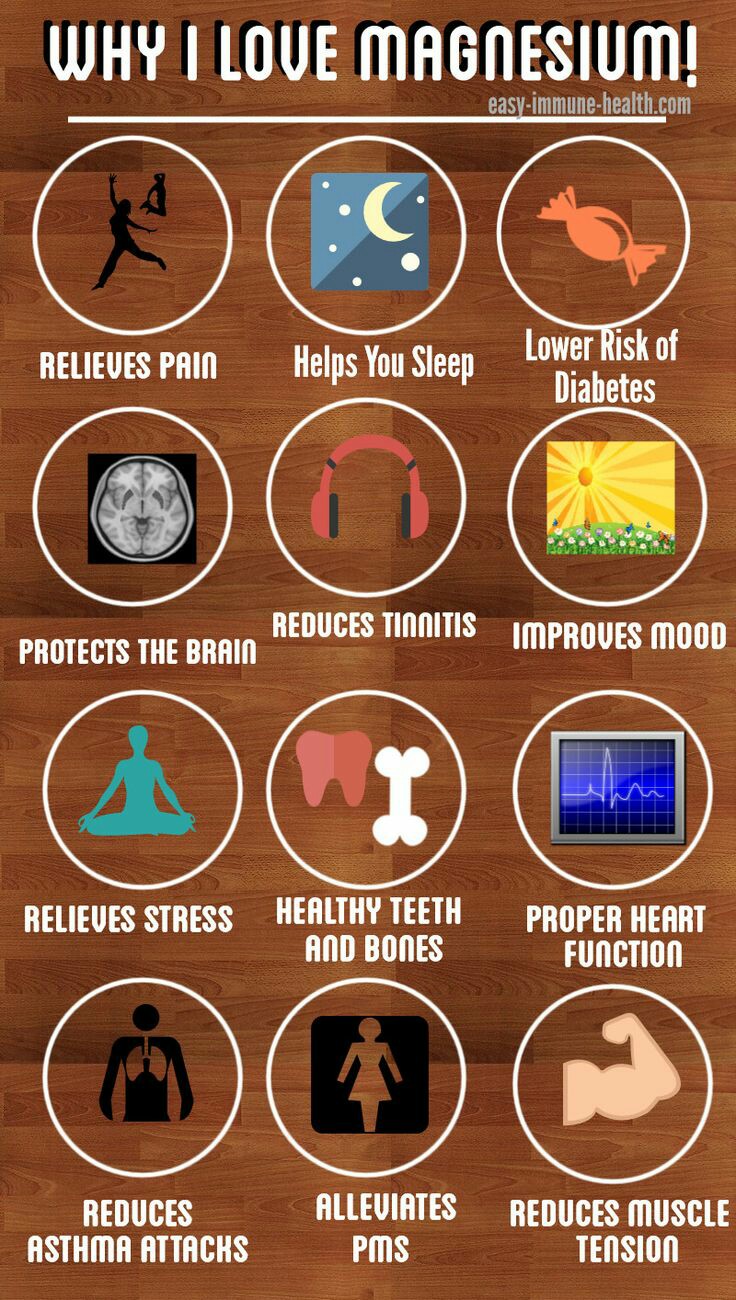Magnesium – An Essential Micro Nutrient for our Health and Well Being
Magnesium is essential to life. Inside our bodies, magnesium is found in large amounts in our bones (60-65% of total body magnesium), in our muscles and organs (25%) particularly the heart and liver and in all other cells and body fluids in small amounts. It is the 2nd most abundant mineral in the cell.
Magnesium plays a key role in:
- Building and strengthening bones and teeth
- Relaxing nerves and muscles
- A co-factor in many enzyme pathways – Magnesium enzymes that assists the body to absorb and use fats, proteins and carbohydrates
- Controls dilation of our arteries
- Detoxification of our cells
So basically it is a key nutrient for making energy, protecting our heart, supporting our mental health and our moods, supporting and strengthening our bones and keeping our cells in tip top condition. So there is 6 strong reasons for you to eat foods that are a good source of magnesium.
Just think – Heart, Bones, Muscles, Brain, Energy and Detoxification

The typical signs of magnesium deficiency include
- Muscle cramps/tremors/weakness
- Nervousness, irritability, brain fog, anxiety, depression
- Low mood
- Osteoporosis
- Insomnia
- Constipation
- Elevated blood pressure
- Water retention
- Headaches
- Imbalanced Blood sugars
- Lack of appetite
Common Causes of deficiency
- Lack of magnesium in the diet
- Alcoholism
- Renal failure
- Diabetes
- IBS or other gastrointestinal disturbances
- Calcium imbalance
- Strenuous exercise
- Periods of rapid growth
- Frequent use of antibiotics, diuretics, anticoagulants, the oral contraceptive and steroids and high blood pressure medication
The recommended daily amount that we need to get from food is 300mg. This is the minimum amount we need. Note this varies according to your age, gender, if pregnant or breastfeeding. Magnesium levels are decreased by excess alcohol, salt, coffee, phosphoric acid in colas, profuse sweating, prolonged or intense stress, chronic diarrhoea, excessive menstruation and some intestinal parasites.. Actual Mg Consumption in the UK and Ireland is thought to be on average at a level of approx. 80% of the RDA suggesting that the majority of the population are suffering from mild to severe magnesium deficiency. This has HUGE implications on health.
Wholefood sources of magnesium
| Lentils | Sunflower, sesame and pumpkin seeds | Walnuts, peanuts, cashews, Brazil’s and almonds |
| Blackstrap molasses | wheat bran | Parsley |
| Brewer’s yeast | Rye | Garlic |
| Soy beans, black beans and navy beans | Green leafy vegetables spinach & Swiss chard | Dried fruit: apricots and figs |
| Whole grain rice | Millet | Fresh peas |
| Wholegrain barley | Salmon and halibut | Potatoes with skin |
| Wholegrain wheat | Sweet corn | |
| wheat germ | Avocado |
How much magnesium is in our foods – magnesium amounts per portion
Nuts and seeds
Quarter of a cup of pumpkin seeds contains half our RDA for magnesium
Other sources per half cup
Sesame Seeds (63%), Brazil Nuts (63%), Almonds (48%), Cashews (44% DV), Pine nuts (43%), Mixed Nuts (39%), and Peanuts (31%), Pecans (17%), Walnuts (16%)
Fish
85g Mackerel – 82mg
Other Fish High in Magnesium (%DV per 3oz fillet (85g)): Pollock (18% DV), Turbot (14% DV), Tuna (14% DV), and most other fish at an average of 8% DV.
Wholegrains
(195g) 1 cup of cooked brown rice – 86mg
Other Whole Grains High in Magnesium (%DV per cup cooked): Quinoa (30%), Millet (19%), Bulgur (15%), Buckwheat (13%), Wild Rice (13%), Whole Wheat Pasta (11%), Barley (9%), Oats (7%).
Dark Green Leafy Greens
180g 1 cup of cooked spinach 157mg
Other Greens High in Magnesium (%DV per cup cooked): Swiss Chard (38%), Kale (19%), Collard Greens (13%), and Turnip Greens (11%).
Helen’s Top Tips
Most nuts and seeds have anti-nutrients like phytic acid that can make nutrients less bio available when you consume them. So if you plan on consuming seeds or nuts on a regular basis, it would be wise to soak or sprout them.
Taking a hot bath with Epsom salts (magnesium sulfate) is a good way to absorb and get much needed magnesium.

Leave a Reply